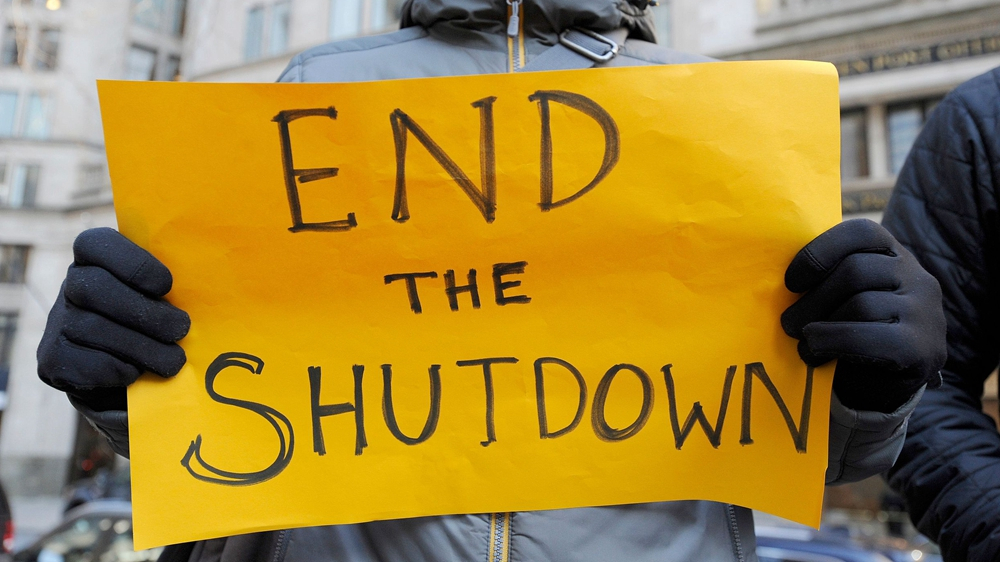
North America
15:50, 20-Jan-2019
U.S. government shutdowns in history
Updated
17:27, 20-Jan-2019
By Feng Ran and Wang Tongxuan
01:19

The U.S. is experiencing the longest partial government shutdown in its history. Since 1976, when the current budget and appropriations process was enacted, there have been 22 gaps in budget funding, ten of which led to federal employees being furloughed.
In the U.S., a government shutdown occurs when the Congress fails to pass sufficient appropriation bills or reach an agreement to fund federal government operations and agencies. It also happens when the president refuses to sign such bills or resolutions into law.
During the Ronald Reagan administration, there were a total of eight shutdowns lasting four days or less. The reasons included arguments over the fairness doctrine, welfare package, water package, crime-fighting package, foreign aid cuts, MX missile funding, needed spending bills and cuts in defense.
A funding gap in 1990 during the George W Bush administration caused a weekend shutdown.
Related story: What to do about the longest-ever U.S. government shutdown
Through Bill Clinton's presidency, there were two full government shutdowns in 1995 and 1996, lasting five and 21 days respectively, due to a disagreement over whether to cut government services.
When Barack Obama was in office, a 16-day government shutdown occurred in October 2013 over the Democrats and Republicans not coming to an agreement over the Patient Protection and Affordable Care Act, also known as Obamacare.
Three funding gaps have occurred during the Donald Trump administration: a three-day shutdown in January 2018, an overnight shutdown on February 9, 2018 -- which did not result in workers being furloughed -- and now an ongoing shutdown that began in December 2018 over proposed funding for a wall on the U.S.-Mexico border.

SITEMAP
Copyright © 2018 CGTN. Beijing ICP prepared NO.16065310-3
Copyright © 2018 CGTN. Beijing ICP prepared NO.16065310-3